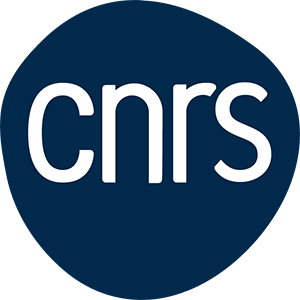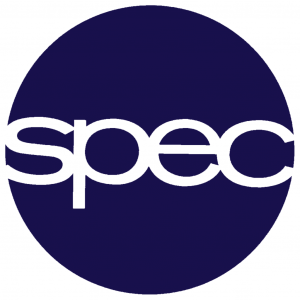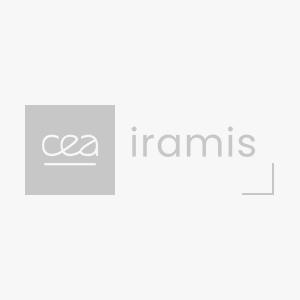Invité par Nick BARRETT,
Abstract :
A basic electrostatic mechanism (image dipoles) will be proposed, yielding a consistent increase (by several orders of magnitude) of the molecular polarizability near metal surfaces. This mechanism is proposed as an alternative to assess the Surface Enhanced Raman Scattering (SERS) effect. I will discuss, in the framework of this model, some peculiarities of SERS: (i) the occurrence of this effect especially when one uses noble metal surfaces (Au, Ag); (ii) the consistent increase of SERS when the metal surface is nanostructured; (iii) the observed dependencies of the SERS amplification factor on the distance between molecules and metal surfaces; (iv) the observed E4 dependence (E = electric field of the incoming electromagnetic radiation). In a second part of the seminar, I will analyze within the same framework the case of electrically polarizable media, with evidence of spontaneous polarization for some molecules, and for hysteretic behavior of single molecules. I will also discuss some puzzling ferroelectric hysteresis curves observed experimentally. In a third part of the seminar, dynamic polarization effects, such as the effect of the Drude-Zener conductivity of the metal and the effect of retardation, will be taken into account, providing a connection between the image dipole model and the plasmonic model, generally accepted to explain SERS.
National Institute of Materials Physics, Romania




